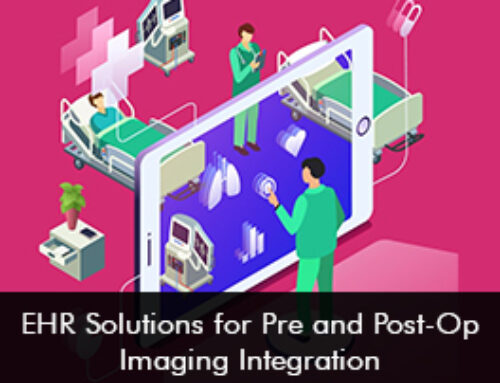A Patient Portal EMR Software provides a secure way for patients to interact with their healthcare provider via the internet. Generally, part of the healthcare provider’s Electronic Medical Records (EMR) software, the patient portal allows patients to view their medical record, communicate with their provider, schedule appointments, access health education material, check e-Prescription (e-Rx) refills, update their medical history and fill out intake forms, among other features.
When selecting an Electronic Health Records (EHR) or Practice Management (PM) software based on its patient portal it is important to make a selection that is user friendly, secure and offers features that will facilitate patient engagement.
Features of Patient Portal Software
Patient portals can improve patient engagement which can then further improve health outcomes and reduces healthcare costs by facilitating the process of communicating and sharing information between patients and providers. Patient engagement is enhanced as patients become more involved in their care and providers can also monitor patients more effectively and provide vital information to them when needed due to better communication.
Before implementing a Patient Portal EMR software, you should make sure that it has the following key features and functionalities available to cater to your requirements.
Patient Engagement
Patient portals have the ability to increase patient engagement but evidence of a positive connection between patient portal use and patient engagement is liable on which functions are available to patients and which patients are using these functions. The overall consent is that patient portals improve patient satisfaction, self-care, and increase commitment to getting treatments.
Streamlined Communication
Patient portals have the ability streamline and improve communication between patients and providers. According to the Office of the National Coordinator (ONC) for Health Information Technology, a case study of patient portals in a medical group, the results indicate that patients and providers found that the use of a patient portal reduced the amount of time they spent on transferring information to patients and prevented miscommunications.
Security Regulations
The security of data transferred to a patient portal presents a major concern given that transferred sensitive data to a patient who is accessing their records off-site can open up new ways for hackers to violate patient privacy. Further, patient side security is also a significant concern as patients who fail to secure their login details may fall victim to unauthorized access to their personal health information.
Use across Care Settings
Patients often face difficulties when they want to access and harmonize data they received while treatment between multiple practices for different things. This way, a patient receiving care across multiple facilities would need multiple login credentials to access the patient portal of each provider.
Top 3 Patient Portal EMR Software Vendors
The top Patient Portal EHR software were released in the KLAS “Best in KLAS: Software and Services” report. The following three EHR system patient portals featured here were ranked as the top products in the annual report.







